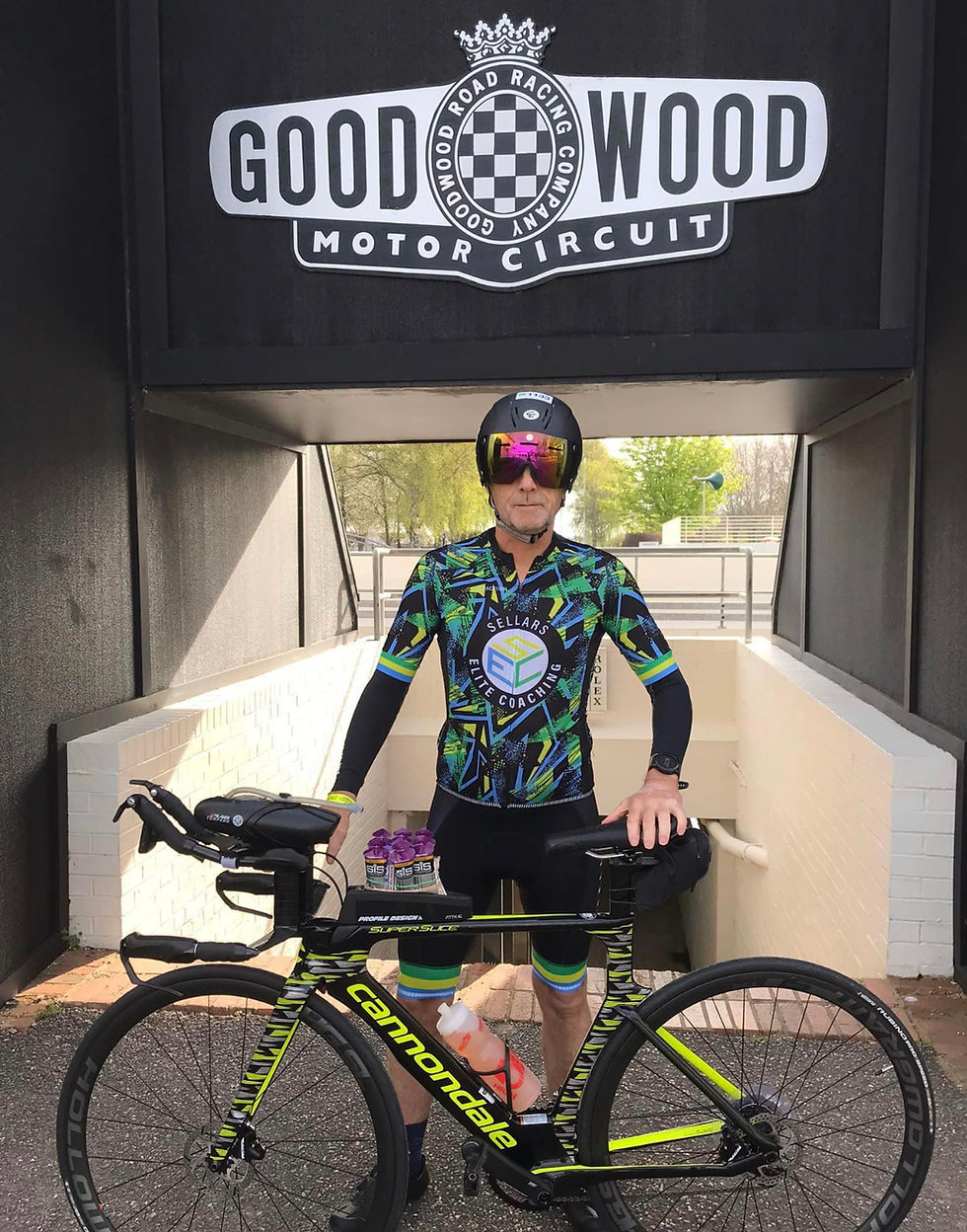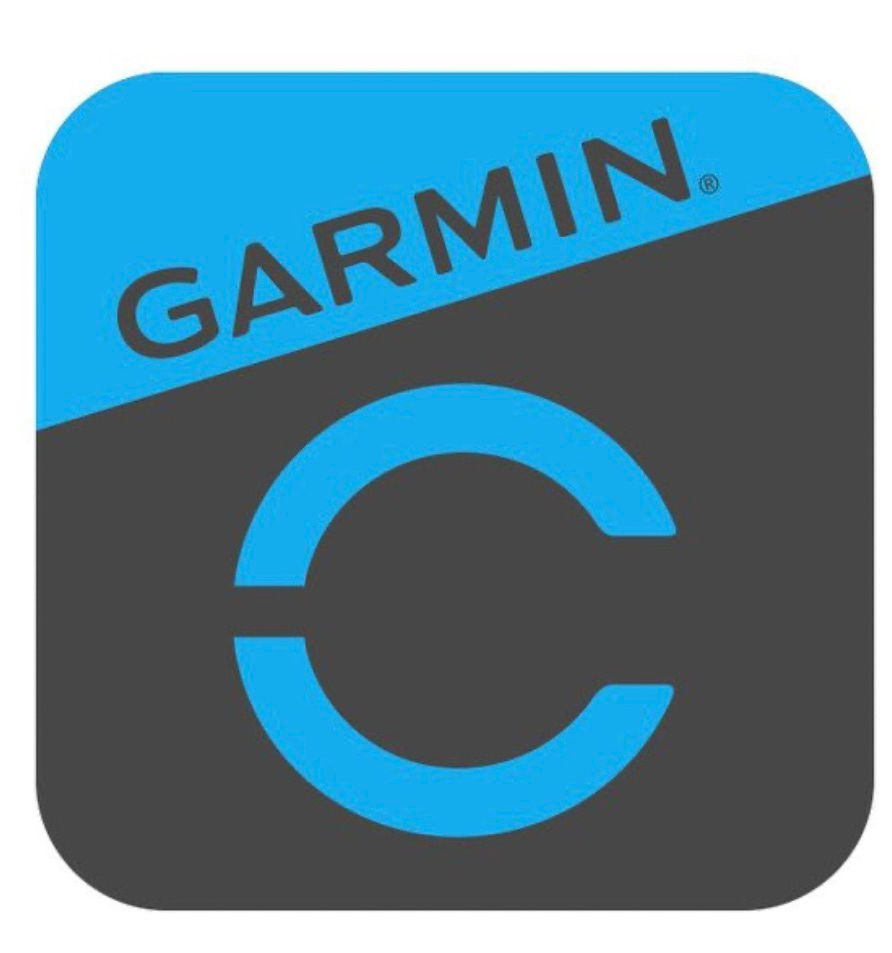Bike Speed
- sellarspaul
- Apr 18, 2022
- 4 min read
So, after a few conversations over the weekend, and having spent a decent amount of time on my own bike outside this weekend, I thought I would give a few thoughts on bike speed.
This is not the bible, and there will be better people out there to give in depth opinions (listen to Cam Wurf talk about riding quickly), but some of it may be helpful!
So, we are all interested in the time that we will do a bike split in – some to win the race, some to win their age group, some to beat a PB and some to hit the cut offs – all of these are of equal importance to me. Time leads us to speed, which is what got me thinking about the component parts of bike speed, and which ones we can control and which we can’t:
1) Power - that’s what we have spent most of the winter working on. However, it is vitally important that we know if there are any differences between our indoor and outdoor power meters (Kickr v power pedals for example)
2) Weight. This is a tough subject, and one I am happy to discuss 1-1 if anyone wants, but, whilst lightweight is good for speed, it is not good if it comes at the expense of ability to train / ability to push power and general health. General health is the most important thing and triathlon should help that not hinder it. You will find that if you sharpen the quality of your daily diet, fuel your training, then the training volume take care of you achieving a good race weight.
Don’t get tempted to weigh yourself daily, weight fluctuates massively depending on a lot of variables – just as a couple of examples – when the body stores carbs from your diet (which it needs) it needs water to store them…which get released as you use the carbs. Also, your body retains water to help with healing after intense training…..i always weigh my heaviest the day after an event!!
3) Bike weight. We can talk carbon wheels, but more importantly the amount of stuff that you carry. In training we may need to carry more liquids than race day, we may want to carry more spares than on race day – I had 3kgs of stuff on the back of my saddle this weekend that won’t be there on race day – that’s a lot of free speed. So, think about what you really need on race day – it’s tempting to want to be able to repair your entire bike should something happen, and carry a corner shop’s worth of butties. To be honest, I’ve rarely seen a well maintained and serviced bike give any level of grief that a standard puncture repair set-up can’t sort - if you start needing multitools etc, you can probably afford to wait for the on course mechanics. If you want extra stuff – bike or nutrition, think about using special needs. Keep what you carry to a minimum.
4) Clothing – on colder days we have more clothing, which weighs heavily (3kgs of jacket, long bibs, gloves, overshoes, extra socks) and less aero clothing…hopefully we can shed a lot of that on race day. On race day, think aero – no flapping bits of clothing, guys, shave everything that’s exposed!
5) Bike position. Whether you ride a TT, and aero road, a road with clip on bars or a standard road bike - clearly some positions are faster than others, but comfort is the key – the best aero position is useless if you can’t stay in it for 95% of the time. Discomfort also distracts you from focusing on power / nutrition / hydration etc etc.
6) Road surface. We all know how much easier it is to get speed on decent tarmac – for those that have ridden abroad / on race circuits – it’s the stuff of dreams, but it’s the same for everyone – no real differentiator. So, spend your time avoiding potholes rather than cursing the surface.
7) Wind. Help or hindrance – it can be both, but again it’s the same for everyone. Those that ride headwind best, tend to stay aero, and not get stressed by it!! Don’t avoid it – seek it out and ride into it, bit like hills!!
8) Bike components – ceramic speed bearings and chains, disc wheels etc etc - expensive investments for minimal gains unless you are at the pointy end (or can afford to invest in some top-quality photos!)
9) Helmets (probably the exception to point 8) Ruth Astle recently changed from Giro to Cask Mistral and saved 12W equivalent (watch her youtube!). For those of us that don’t have access to CDA / wind tunnel technology, the old pointy back helmets seem to be out, and anything with excess vents is out – small, round and solid seems to be in vogue
The point of all this really is 2 fold:
1) It is most likely that you will be faster in racing than training
2) Focus on the things you can control – control those and scroll passed the things you can’t control – they will cause unnecessary stress!





Comments